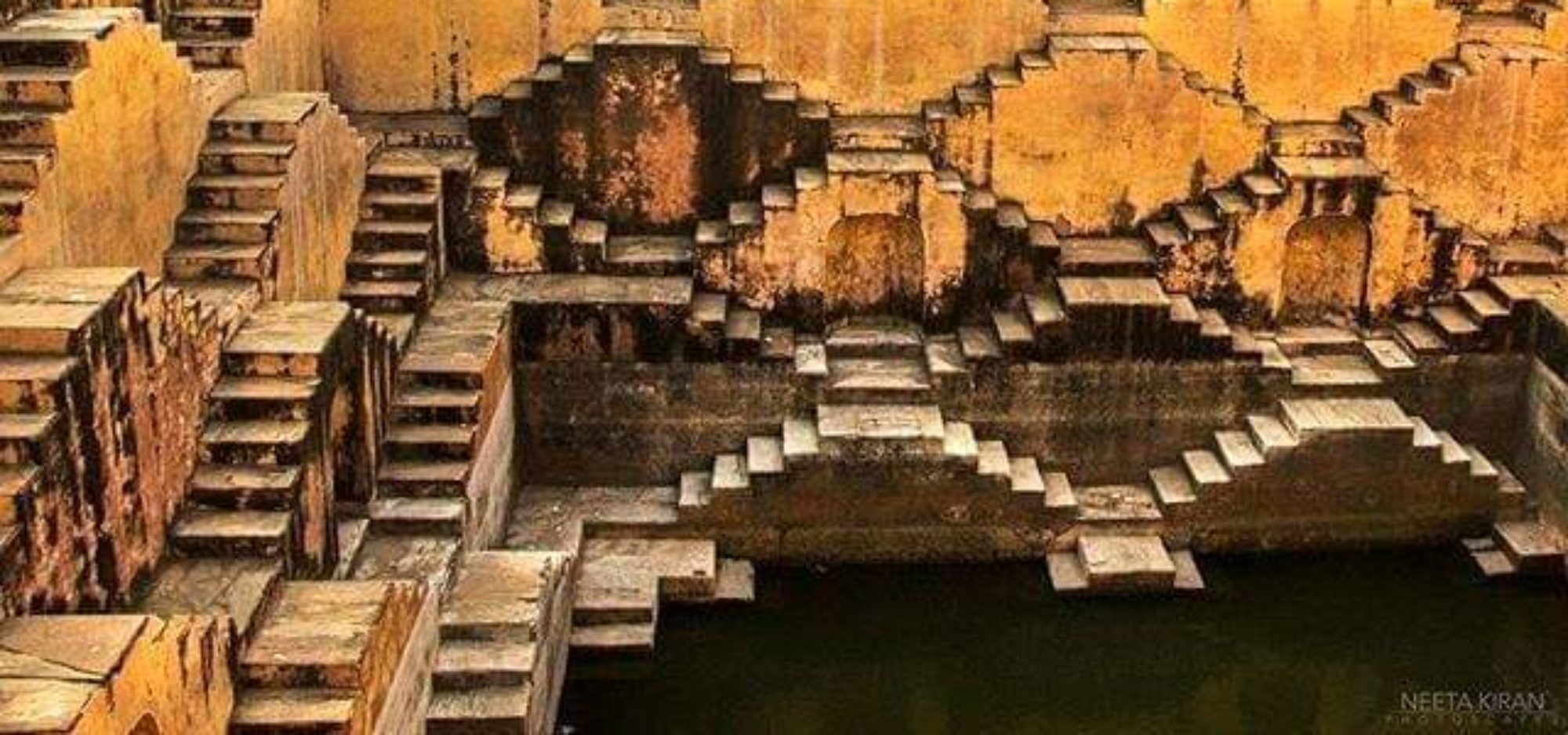The education system of Bharat was a very unique system. We had 100% literacy and most people knew to read, write and communicate in a minimum of three languages. Bhasha (भाषा) – Language, Vyakarana (व्याकरण)– Complete explanation, analysis, Kavya (काव्य) – Poetry, Sahitya (साहित्य) – Literature, Ganit (गणित) – Complete Mathematics, Jyothisha (ज्योतिष) – Cosmology, Shilpa (शिल्प)– Architecture, Sangeet (संगीत)– Music, Nrithya (नृत्य)– Dance and Naatya (नाट्य)– Drama were some of the subjects the students learnt in the Gurukulam. Education in Bharat was for life and not for livelihood. Gurukulams (गुरुकुल), Acharayakulams (आचार्यकुल), Pathashalas (पाठशाला), Veda Pathashalas (वेद पाठशाला), Agama Pathashalas (आगम पाठशाला) and Viharas (विहार) have been the mainstream units of education in Bharat. Here I discuss a few terminologies and words relating to the Education System.
38. Gurukulam: In most of the literature, we find Gurukulam translated as school and sometimes we find some schools naming themselves as Gurukulam, both are inappropriate. School is a place where children go to get educated. Gurukulam is where children are sent to acquire Vidhya (Already discussed in the second in this series). Gurukulam is mostly (90%+) residential where the children stay with one Guru who helps the children learn almost all subjects. He may call some other Acharayas to bring in some subjects or some aspects of the subject which he may find difficult himself or which he may feel the children need.
39. Acharykulam: The exact translation for this word is not available in English, but some people use “Day School” for convenience. But again this is inappropriate, as the meaning of Day School is where most of the students are ‘Day Scholars’ and some of them are residential, but the Acharyakulam is usually run by one Acharaya and he brings in “Subject Experts” to make the children learn some of the subjects. The main Acharya would be a resident of the village, but the subject expert Acharayas may be from the same village or they would come from nearby places.
40. Pathashala: We used to have Pathashalas in some of the remote villages where there would not exist a Gurukul or Acharayakulam. These Pathashalas were usually run by the villagers themselves, but the Acharayas would come from nearby places and most of the times the Acharaya would stay back for a few days until he / she finishes the particular subject to a certain chapter or level.
41. Veda Pathashala: These were Gurukulam kind of models, but they were places where children would get only the Vedic Education. Either one or in some cases all four Vedas would be taught in these units. Mostly these units were 100% residential. This was so as learning the Vedas needed full-time attention. Moreover the children would be admitted after Upanayanam Samskara only approximately by 9-10 years. These children would learn the Vedas academically with Samvada or Charcha (Discussions) about the Bhashyas (Commentaries) by illustrious people. They would also learn Karma Kanda (Pujas, Homas and Yagnas etc.) but their main focus would be to understand the Vedas and in most cases they would recite from memory.
42. Agama Pathashala: Agamas are texts which contain the ways, procedures, materials required, pre-requisites and many other aspects of Karma Kanda and also the Shilpa Shastra concerned to building the Temples, so these schools produced Purohits who were well versed in these procedures and Mukhya Shilpis (Main Architects) too. There were 8 main Agamas (Ashtagamas) 1. Shaiva Agama 2. Shaktha Agama 3. Vaishnava Agama 4. Vaikhanasa Agama 5. Pancharatra Agama 6. Soura Agama 7. Ganapathya Agama 8. Veera Shaiva Agama and there were some minor Agamas too. But these Agama Pathashalas would teach only any one or two depending on the need. Other than these we had Bauddha Agama, Jaina Swethambar Agama, Jaina Digambar Agama too in Bharat and they had their own Agama Pathashalas.
43. Vihara: Viharas are the places which the British named as Universities and there are some authors who call them ‘Buddha Viharas’, but University is too small a unit name for these places of excellence. There were various “Kulpatis” (Chancellors) and “Uditas” (Professors) for various subjects and the students were called “Shathothara Chatras” (Post Graduate students). It could be best called as a “Multiversity”. We had a lot of Viharas across Bharat situated in places like Varanasi, Takshashila, Naalanda, Nagarjuna, Valiyashala, Melukote etc.
44. Shiksha: This word seems like it has two connotations of “Education” and “Punishment”; but it is not so. Shiksha actually means to do Pathana – Study and Prapthi – Gain the Gjnana – Knowledge through Kaushala – Skill, Kala – Art and Anubhava – Experience under an experienced Guru or Acharaya. So this word is also used in the context of “punishment” as the best punishment is putting a person on correction course by giving him Shiksha.



Leave a Reply